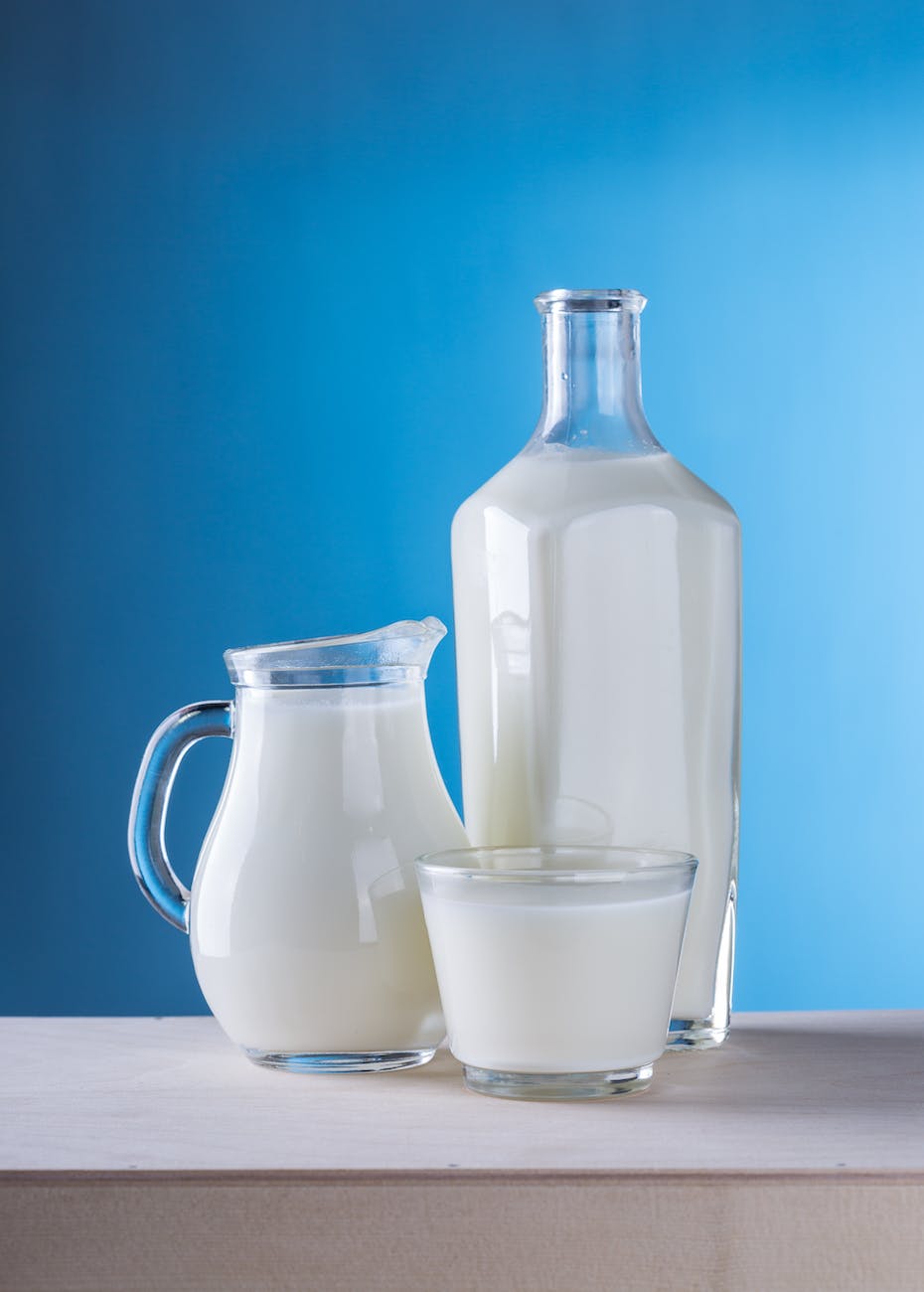
1. Introduction to Milk Allergy
Milk allergy is one of the most common food allergies, especially in children. It involves an adverse immune response to proteins found in cow’s milk. Unlike lactose intolerance, which is a digestive issue, milk allergy can cause severe allergic reactions. This guide will help you understand the nuances of milk allergy, its symptoms, and how it differs from other dairy-related conditions like lactose intolerance and wheat allergy.
2. Recognizing the Symptoms of Milk Allergy
2.1. Skin Reactions
- Hives: These are raised, itchy, red welts on the skin that can appear shortly after consuming dairy.
- Rash: Red, itchy patches that can be a direct reaction to dairy consumption.
- Eczema: A chronic skin condition that can flare up after ingesting allergens, including milk.
2.2. Digestive Symptoms
- Stomach Upset: This includes pain, cramps, and nausea, often mistaken for gluten intolerance.
- Bloody Stools: Especially in infants, this can indicate severe inflammation in the intestines.
2.3. Respiratory Issues
- Wheezing: A high-pitched sound during breathing, indicating a reaction in the respiratory system.
- Anaphylaxis: A severe allergic reaction that can be life-threatening, causing throat swelling, difficulty breathing, and a sharp drop in blood pressure.
3. Causes and Risk Factors of Milk Allergy
3.1. The Role of Proteins
The primary triggers for milk allergy are the proteins casein and whey. When the immune system misidentifies these proteins as harmful, it can lead to an allergic reaction.
3.2. Age as a Factor
While milk allergy is prevalent in infants and children, adults aren’t immune. Interestingly, many children outgrow this allergy by their teenage years.
3.3. Genetic Predisposition
A family history of allergies can increase the risk of developing a milk allergy. If parents or siblings have food allergies, there’s a higher likelihood of a child developing them.
3.4. Association with Other Allergies
Having another type of allergy, like wheat allergy or hay fever, can increase the chances of developing a milk allergy.
3.5. Cross-Reactivity
Some individuals allergic to cow’s milk might also react to milk from other animals due to protein similarities.
4. Differentiating Milk Allergy from Other Conditions
Understanding the difference between milk allergy and other conditions like lactose intolerance or gluten intolerance vs. wheat allergy is crucial for proper diagnosis and management. While the symptoms can overlap, the causes and treatments differ significantly.
FAQs on Milk Allergy
1. What is the difference between milk allergy and lactose intolerance?
Milk allergy is an immune response to proteins in cow’s milk, while lactose intolerance is a digestive issue where the body can’t break down lactose, a sugar in milk. Symptoms of milk allergy can be severe and include hives, wheezing, and anaphylaxis, whereas lactose intolerance primarily causes digestive discomfort.
2. Can I drink lactose-free milk if I have a milk allergy?
No. Lactose-free milk still contains the proteins that cause allergic reactions. It’s only suitable for those with lactose intolerance.
3. How is milk allergy diagnosed?
Milk allergy can be diagnosed through skin prick tests, blood tests, or oral food challenges under the supervision of an allergist.
4. Are goat’s milk or sheep’s milk safe alternatives for someone with a cow’s milk allergy?
Not necessarily. The proteins in goat’s and sheep’s milk are similar to cow’s milk and can also cause reactions in some individuals with cow’s milk allergy.
5. Can a baby be allergic to breast milk?
No, babies can’t be allergic to breast milk. However, they can be allergic to certain foods the mother consumes, which then pass into the breast milk, like cow’s milk proteins.
6. How can I differentiate between a milk rash and eczema?
A milk rash due to an allergy will typically appear shortly after consuming dairy and may be accompanied by other allergic symptoms. Eczema is a chronic condition that can be triggered by various factors, including allergens, but isn’t directly caused by them.
7. Are there any treatments for milk allergy?
The primary treatment is to avoid milk and milk products. In cases of accidental exposure, antihistamines can help with mild reactions, and an epinephrine auto-injector is essential for severe reactions.
8. Can adults develop a milk allergy?
Yes, while it’s more common in children, adults can develop a milk allergy.
9. How does milk allergy relate to conditions like gluten intolerance or wheat allergy?
While all these conditions involve adverse reactions to specific foods, the allergens and reactions differ. Milk allergy reacts to proteins in cow’s milk, while gluten intolerance and wheat allergy respond to components in wheat and related grains.
10. Are there any reliable at-home tests for milk allergy?
While there are at-home allergy tests available, they may not be as reliable as tests conducted by healthcare professionals. It’s always best to consult with an allergist for accurate diagnosis.
Blog Tags:
Milk allergy, dairy allergy, lactose intolerance, hives, rash, eczema, anaphylaxis, casein, whey, infant allergies, digestive symptoms, respiratory symptoms, hypoallergenic milk, CMPA, CMPI, milk protein intolerance, milk protein sensitivity, allergy testing, milk substitutes, gluten intolerance, wheat allergy.









[…] symptoms. It’s essential to differentiate lactose intolerance from other conditions like milk allergy and gluten intolerance vs. wheat […]